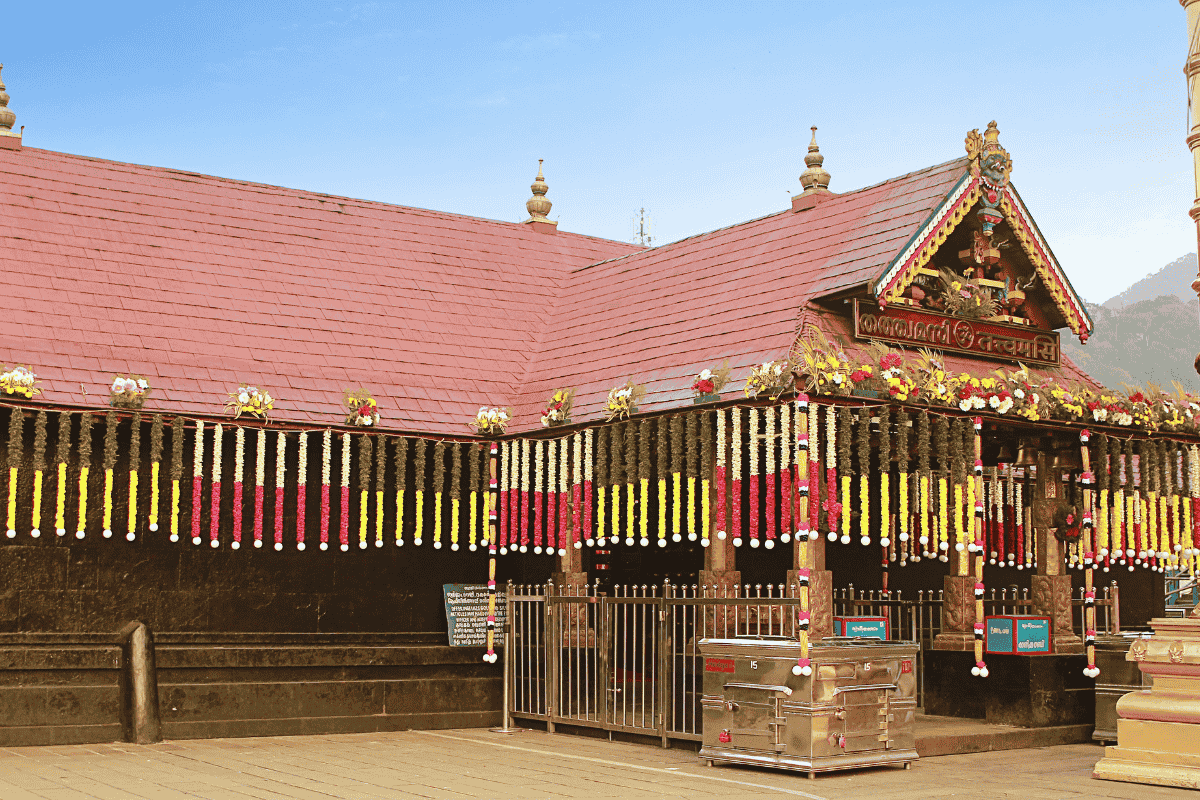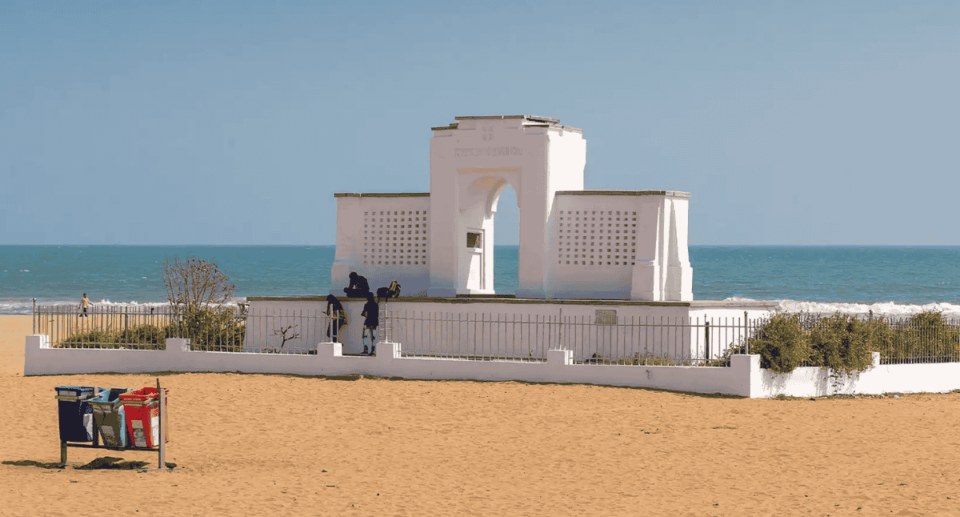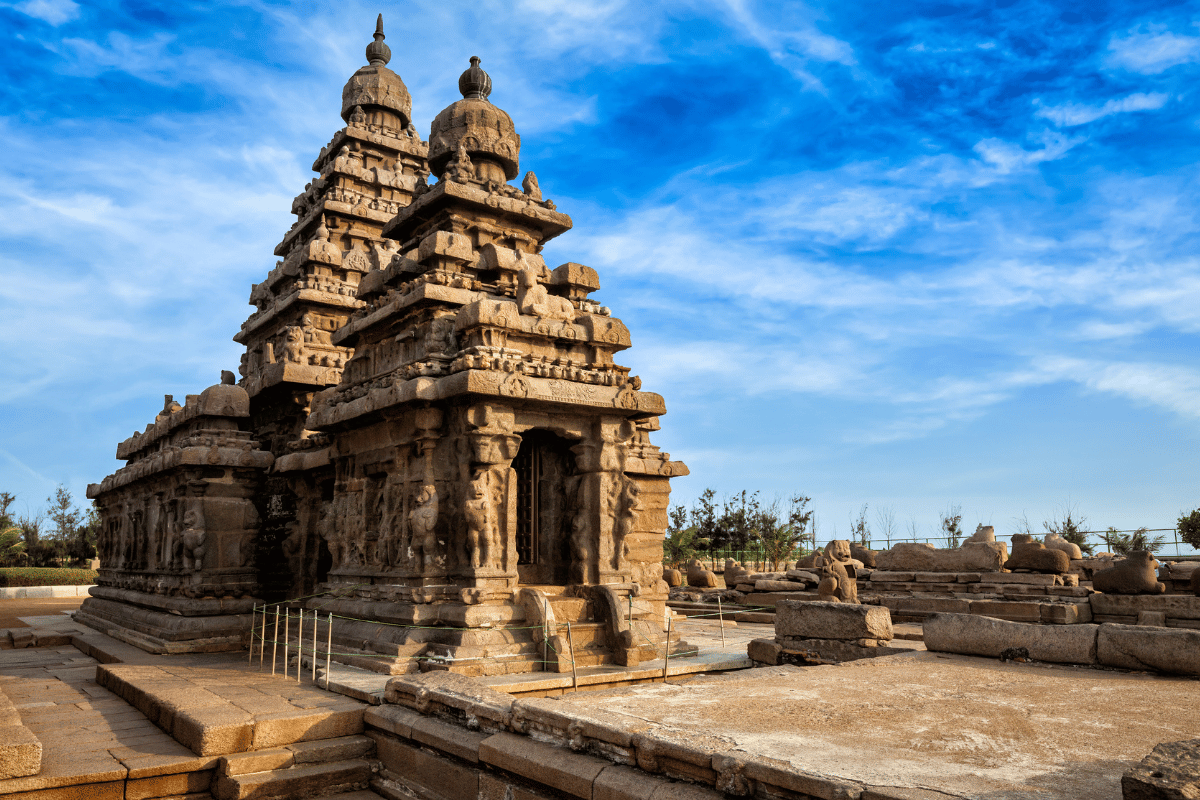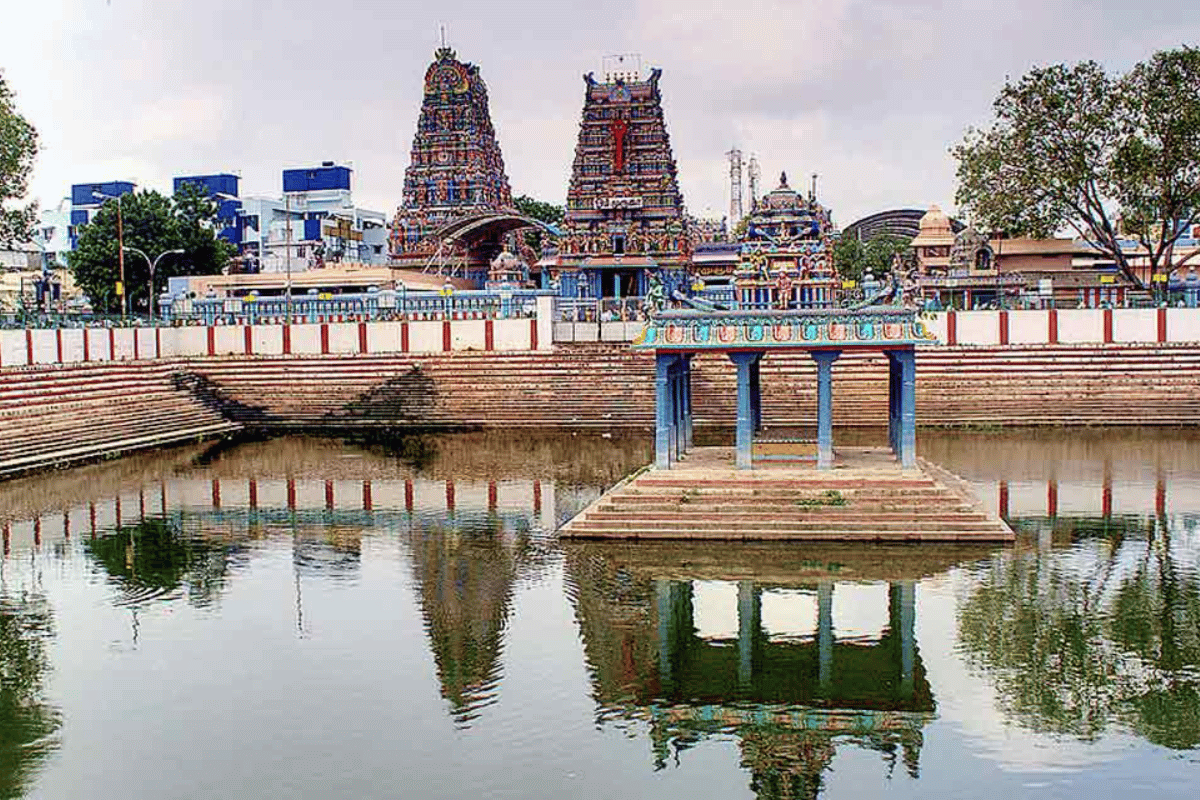The Magnificent Sculpture of Halebidu (Hoysaleswara) Temple

The Halebid temple, also known as the Hoysaleswara temple, is one of the satisfactory examples of the Hoysaly structure in India. This temple, located in Halebid in Karnataka, is widely recognized for its complex stone carvings that show rich records and art of historic India.
Built in the 12th century, the temple is dedicated to Lord Shiva and is embellished with plenty of stunning sculptures depicting Hindu mythology, dance, music, and each day lifestyles. Even after centuries, the sculptures stay a stunning representation of India’s architectural brilliance.
Table of Contents
History of Halebidu Temple
Halebidu Temple, also called Hoysaleswara Temple, is one of the most beautiful ancient temples in India. It is located in Halebidu, a small town in the Hassan district of Karnataka. The temple is famous for its amazing stone carvings and detailed artwork.
Let’s know more about its history:
The Hoysaleswara Temple was built in the 12th century (around 1121 AD) by King Vishnuvardhana, a ruler of the Hoysala Dynasty. He built this temple to show his devotion to Lord Shiva and to celebrate the glory of the Hoysala Kingdom. That’s why the main deity here is Lord Hoysaleswara (Shiva).
It took many years to build this temple, and it was made by thousands of artists and workers. Even today, people are surprised by how detailed and perfect the carvings are — all done without machines!
- Built-in: 1121 CE
- Built via: Hoysala King Vishnuvardhana
- Destroyed by mens of Malik Kafur’s invasion in the 14th century
- Current fame: Preserved as a historic site
Halebidu became as soon as the capital of the Hoysala Empire, and this temple have become the most widespread architectural landmark of that point. Though it suffered destruction for the duration of the Delhi Sultanate’s invasion, the ultimate shape keeps to tell the terrific stories of the beyond.
Why Is It Called Halebidu?
The name “Halebidu” means “Old City” in Kannada. Long ago, it was called Dwarasamudra, and it was the capital city of the Hoysala Empire. This place was full of riches, grand temples, and royal buildings.
But later, it was attacked and destroyed by invaders from Delhi, especially during the rule of Alauddin Khilji and later by Mohammed bin Tughlaq in the 14th century. After these attacks, the city was damaged and abandoned — and that’s how it got the name Halebidu (Old/ruined city).
Twin Temples
There are actually two temples in the same complex — one for Hoysaleswara and one for his wife Shantaleswara. That’s why it’s often called Twin Temples.
Inside the temple, you’ll find huge Shiva Lingas and beautifully carved pillars. Although some parts of the temple were damaged in wars, many carvings are still well-preserved.
Who Crafted the Sculptures?
The sculptors and artisans who constructed this masterpiece have been relatively professional craftsmen from the Hoysala kingdom. They used soapstone, a tender stone that allowed them to create precise and sensitive carvings.
UNESCO World Heritage Sites
Even though the temple was never fully completed, it is still one of the best examples of Hoysala architecture. The Indian government and archaeologists take care of it now. Halebidu Temple, along with Belur and Somnathpura temples, is in the list of UNESCO World Heritage Sites (tentative list).
Every year, thousands of people — including history lovers, tourists, and devotees — come here to admire the temple’s beauty and peaceful atmosphere.
Why You Should Visit Halebidu Temple?
Halebidu Temple is a must-go to destination for history enthusiasts, architecture lovers, and non secular seekers. Here’s why:
- Architectural Wonder – The temple is one of the pleasant examples of Hoysala craftsmanship.
- Rich Cultural Heritage – The carvings depict testimonies from Hindu scriptures in lovely element.
- Peaceful Atmosphere – Unlike crowded traveler spots, Halebidu gives a relaxed and serene revel in.
- Great for Photography – The temple presents a brilliant backdrop for images enthusiasts.
Halebidu Temple Timings
⏰ Opening Hours: 6:30 AM – 9:00 PM (Daily)
💰 Entry Fee: Free for all visitors
📍 Location: Halebidu, Hassan District, Karnataka
Best Time to Visit Halebidu Temple
The excellent time to go to is October to March, whilst the weather is great and funky. Avoid the summer time months (April to June) as it can be hot and uncomfortable.
Best Time of the Day:
Early Morning – Best for peaceful exploration and photography.
Evening – Great for enjoying the sunset and cool weather
Summary
Halebidu Temple is more than only a ancient web page; it’s miles a residing piece of India’s glorious beyond. The specified sculptures, fantastic structure, and religious charisma make it a super destination for every person inquisitive about artwork, records, and subculture. If you’re ever in Karnataka, don’t omit touring this architectural wonder!









